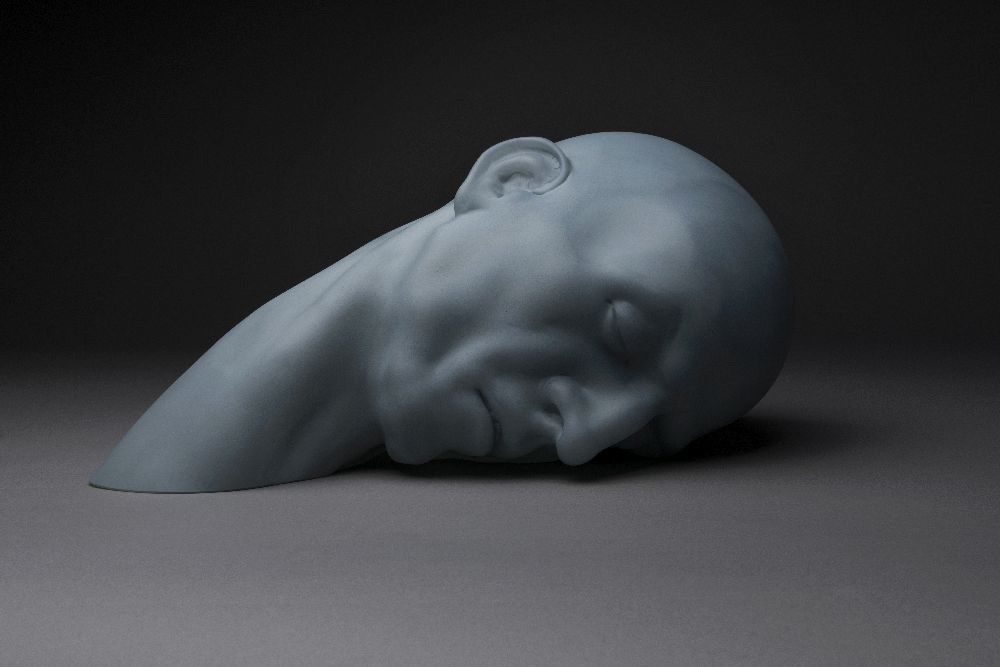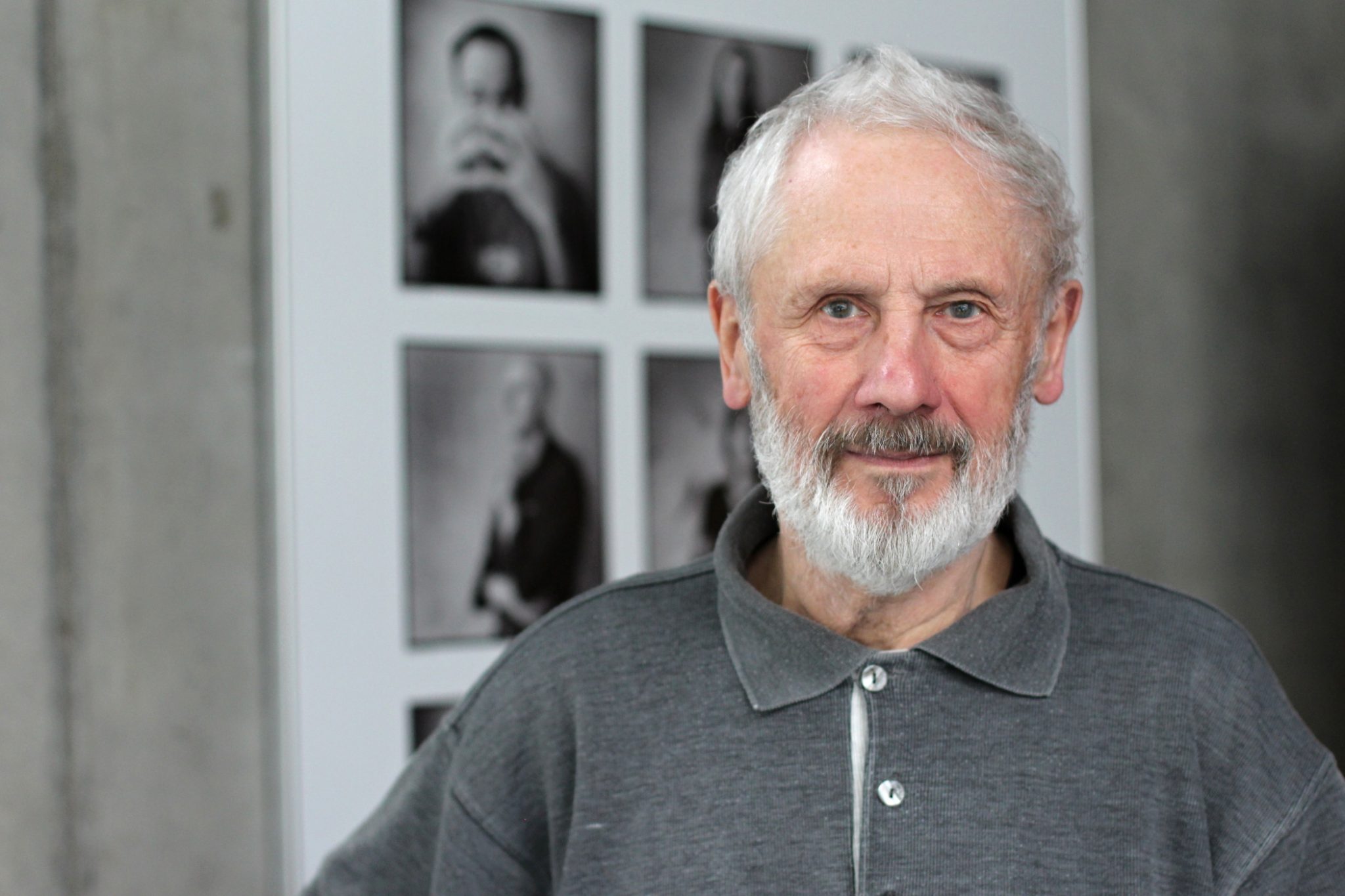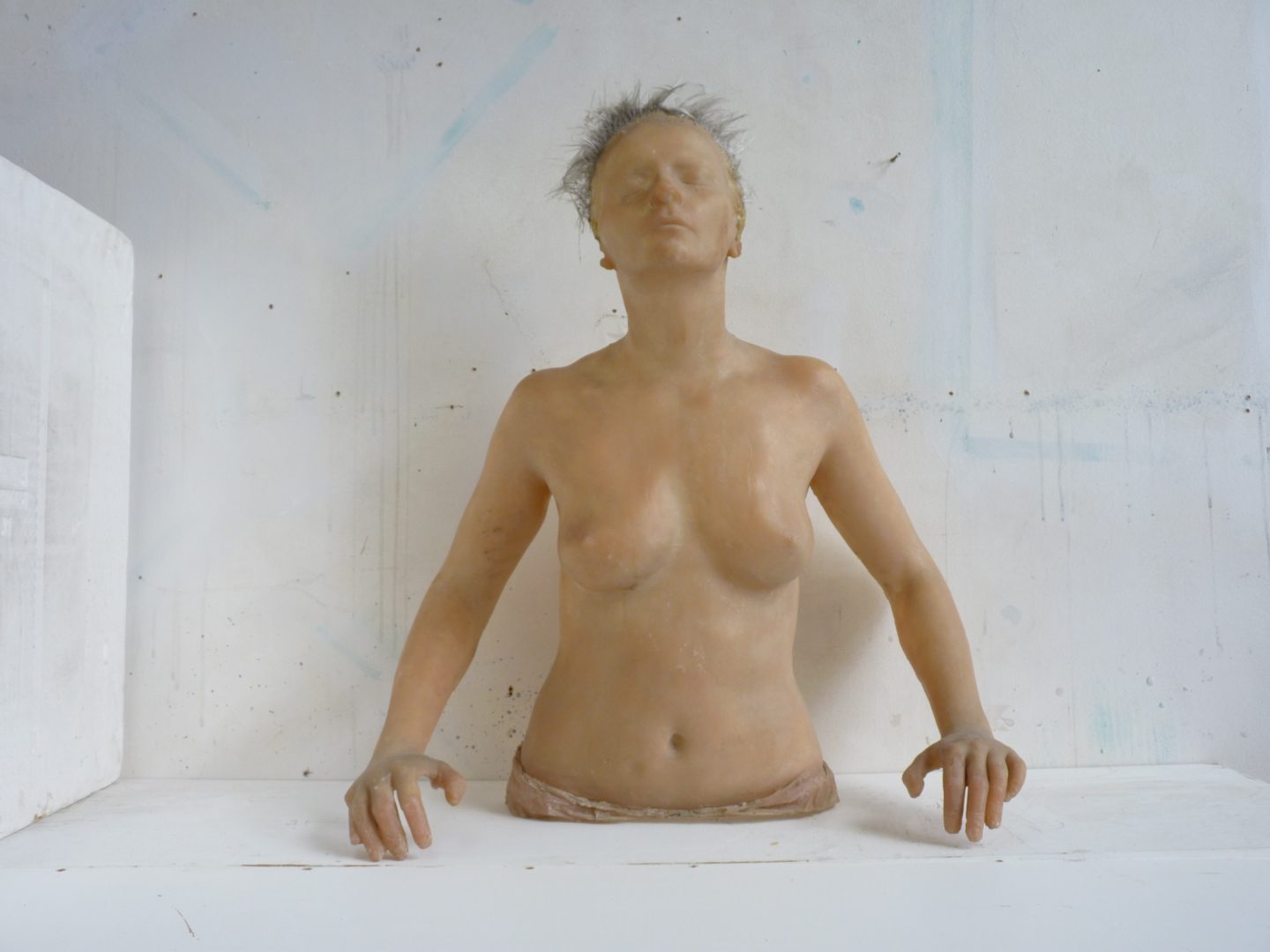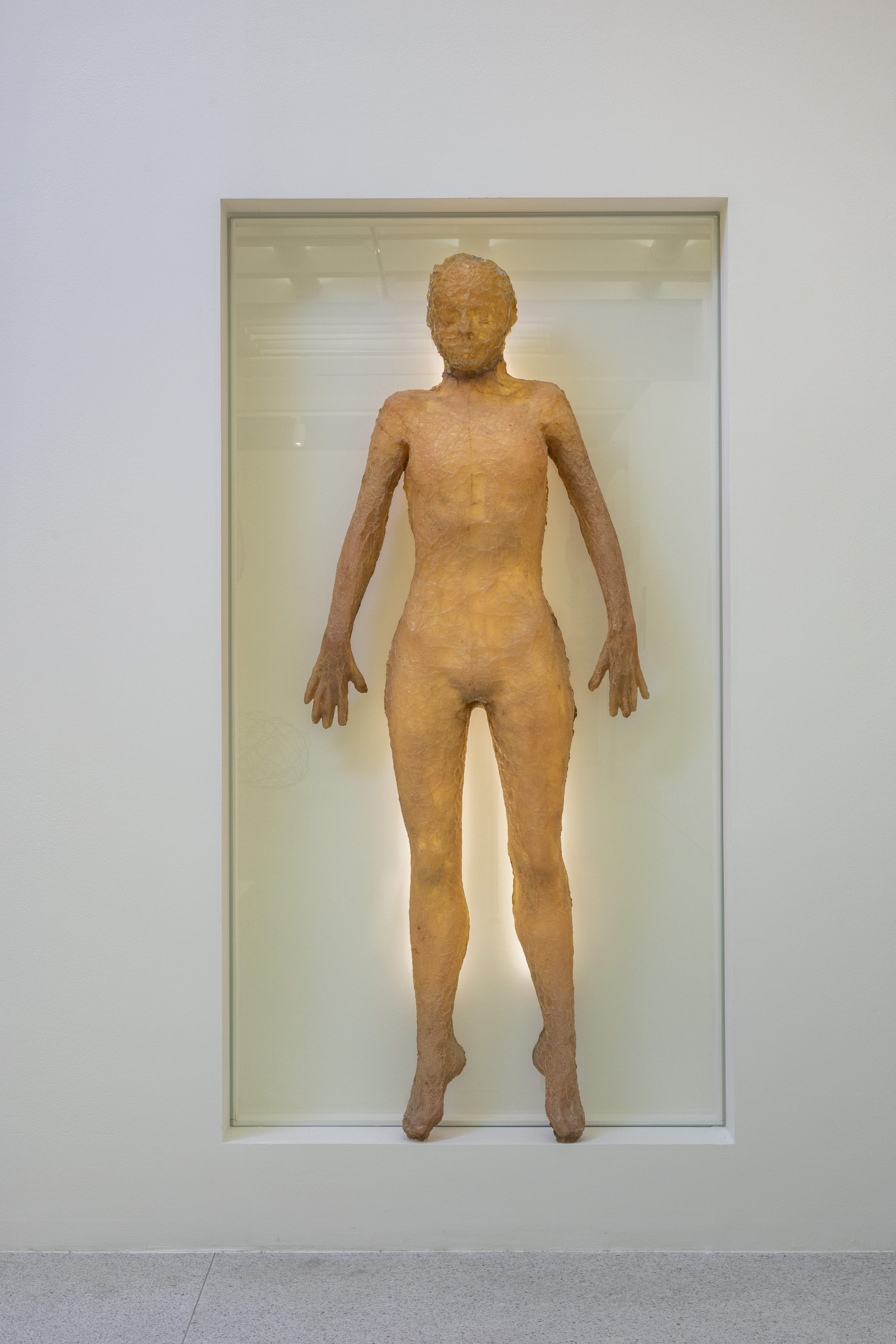Group exhibition – Anima Materia

Kurt Gebauer (*1941)
For me there is no difference between figurative and non-figurative sculpture. For me sculpture is a way of inhabiting space in the most diverse ways.
The figure is a lifelong theme for Kurt Gebauer, who has drawn on a wide range of traditional and non-traditional materials in his varied artistic life, often adding a sculpture’s sense for expressions of the absurd. Surprising and unusual at the turn of the 1960s and 1970s was the use of deliberately ephemeral materials such as burlap stuffed with straw. Through the softness of such materials, Gebauer emphasised the mutability in time in figures and disrupted the dogma of sculpture as a symbol of secular eternity. At the same time, he referred to the natural growth and swelling of the human body from within. He saw models for his work all around him, observing everyday life and thus capturing movement in very fleeting and random moments. Gebauer’s figures generally strike one with their simplicity and lightness. They are a joyful celebration of life, but also a satirical statement on society and a message of their time.
Gebauer understands realism not as blind copying, but as a kind of abstraction and sculptural geometry. This is also why there is often a significant deformation or simplification of shape in his figures. Not long after soft materials he began to work with plastics, above all laminate. At that time he was highly influenced by sculptural hyperrealism, which led him to create direct casts of the human body in laminate. This was at the genesis of Figures in Windows and Nervous Figure, the surface of which can resemble a wrinkled landscape as much as a crumpled fabric. These are the nerves that have moved from the interior of a person to the exterior, and which absorb their face, their own identity. This impressive wrinkling of the body was caused by the foil in which the woman was wrapped during casting.


